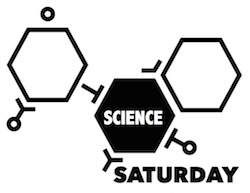 One of the big challenges in the math and science classroom is to make abstract concepts real for your students. Whether we’re talking about how changes in the intercept of a line will affect its placement on a graph or how batteries push electricity through a circuit, a lot of imagination is required to make the concept real for the learner. In today’s post, I’d like to share with you one of my favorite online resources that not only provides visualizations of science and math concepts, but also allows students to manipulate variables to see how they relate to outcomes.
One of the big challenges in the math and science classroom is to make abstract concepts real for your students. Whether we’re talking about how changes in the intercept of a line will affect its placement on a graph or how batteries push electricity through a circuit, a lot of imagination is required to make the concept real for the learner. In today’s post, I’d like to share with you one of my favorite online resources that not only provides visualizations of science and math concepts, but also allows students to manipulate variables to see how they relate to outcomes.
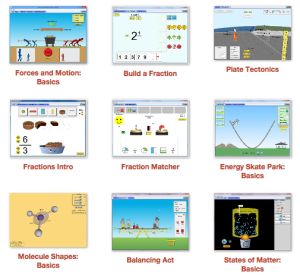
Abstract concepts can be very difficult for students to deeply understand. Even though they may be able to describe the forces acting on an object in words, even though they may be able to draw a line based on an equation, that does not necessarily indicate deep understanding, transferability, and generalizability. Going back to some of the learning theory stuff from a couple of weeks ago, we need to find ways for students to construct their own understanding by interacting their ideas with experiences. When we are dealing with concepts that can be difficult to demonstrate in the physical world, we can turn to simulations to provide that “real-world” interaction that helps students make meaning of content and internalize and personalize concepts.
Whew! That’s a lot of words that boil down to: students benefit from being able to play with stuff. And not all stuff can, well, be played with. We can see the effect of electricity, but not the energy inside the battery. We can see pictures of glaciers, but not their motion. We can see water boil, but not the increased motion of the molecules due to the added energy. Good simulations occupy this middle space, between what we can observe on the macro-scale and the abstract concepts that we talk about.
The PhET interactive simulations have been constructed by many fine folks at the University of Colorado at Boulder (Go Buffs!). Go ahead and check out that link – click on “Play with sims…” to see all of them. Take a few minutes to poke around. There’s… a lot there. As you explore, here’s a few things I’d like to direct your attention to:
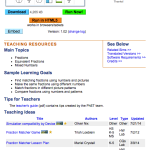
- You can sort by subject and grade level using the menu on the left side
- Once you choose a simulation in check out, you can download it or run it from the website
- You can embed simulations into your own classroom website or any other place you can edit html, such as an assignment you give through your LMS
- Under each simulation there is a list of topics covered in the sim and sample learning objectives
- On the simulation’s page, towards the bottom there are a number of teacher resources, including lesson plans, homework, assignment sheets, guided labs, ideas for using the sim as a demonstration, and the like. These are vetted and sorted by grade level.
The developers have been working on these simulations for years now: creating new content, editing existing sims based on teacher feedback, creating differentiated levels within the simulations, and much more. As of right now it does not appear that they have done extensive working linking the simulations to the Next Generation Science Standards, but between the “Main Topics” and “Sample Learning Goals,” I feel that the applications to the standards should be moderately straightforward. For example, the different understandings in the middle school physical science energy standard are directly addressed by a couple of different sims. And those simulations allow students to “Develop models,” “Construct graphical displays,” “Plan investigations,” and many other NGSS-defined tasks. Students could even capture their work via screen casting or screen shots in order to provide evidence of hitting those standards.
I know that there is a lot of material there. I just wanted to take this space to point you towards the resource. If you’re interested in learning more about teaching chemistry specifically with PhET simulations, there is a webinar (hosted by AACT) coming up on September 23. If you have used these simulations in your classroom, let us know about it in the comments! Also, if you’d like to recommend a specific sim and share resource you have developed for it, you can also post it to our Google+ community. (Have you joined our Google+ community yet? You totally should!) Finally, if you’re doing something innovative in your classroom that we could feature here on Science Saturdays, let us know using the form at the bottom and I’d love to write about it!

[contact-form to=’molofson@uvm.edu’ subject=’Science Saturday email’][contact-field label=’Name’ type=’name’ required=’1’/][contact-field label=’Email’ type=’email’ required=’1’/][contact-field label=’My idea for a post’ type=’textarea’ required=’1’/][/contact-form]
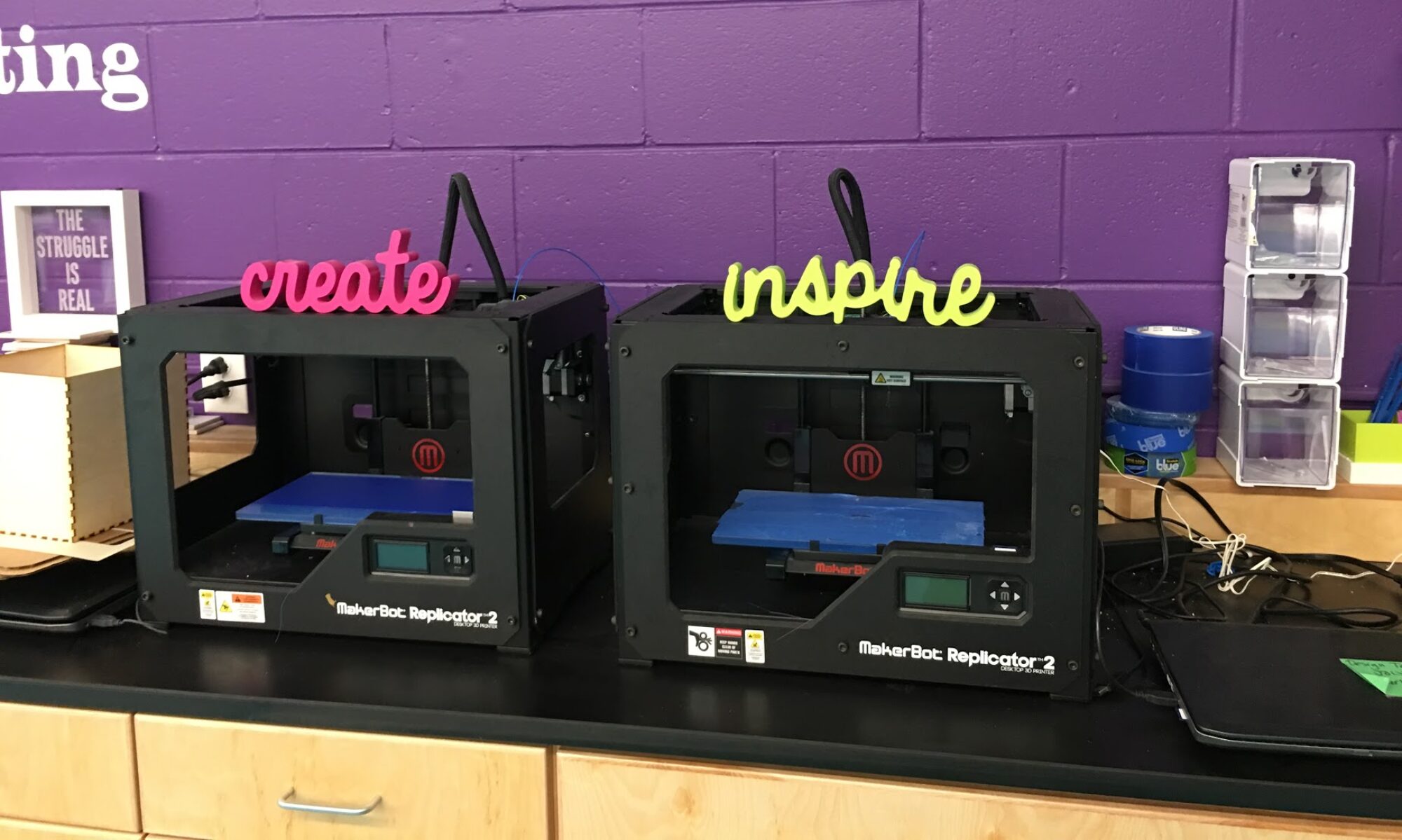

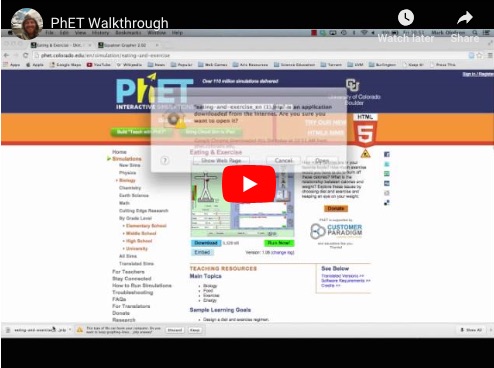
Science and Math simulations for your class http://t.co/2pxRAUlD6H
Science and Math simulations for your class http://t.co/dAHPyQUGSZ via @innovativeEd
RT @pennybishop: Science and Math simulations for your class http://t.co/dAHPyQUGSZ via @innovativeEd
Science and Math simulations for your class http://t.co/eELkyRqnOM
Science and Math simulations for your class http://t.co/QCoywVpMnD
RT @MelissaJ_atUA: Science and Math simulations for your class http://t.co/eELkyRqnOM
Math and science corelation